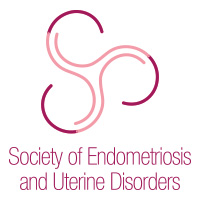Intra Uterine Contraceptive Devices
What are they?
An IUD (intra-uterine device) or an IUCD (intra-uterine contraceptive device) is a tiny device inserted into the uterus by your Specialist that releases the hormone LNG (levonorgestrel) slowly over time. It is understood that the hormone secreted, prevents ovulation and changes the cervical mucus and endometrial lining to prevent pregnancy. This device is also frequently used to help reduce heavy menstrual bleeding.
The IUCDs are also reversible contraception, meaning that when the IUD is removed, the patient can become pregnant. Most patients are able to get pregnant within 12 months of the IUCD removal.
Do you need a hospital visit to have one inserted?
Migynae has very skilled physicians that are able to insert an IUCD in the rooms with just the assistance of over-the-counter pain relief, one hour prior to insertion. Many of our younger patients and those who have not had a vaginal delivery, prefer the comfort of having the procedure done under General Anasethetic in one of the many private hospitals that Migynae has access to. The insertion can be done as a quick, day surgery procedure.
The Choices
The two IUCD brands available in Australia are the Mirena and the Kyleena. The main difference between the two devices is the amount and rate of the release of the levonorgestrel hormone. Whilst both prevent pregnancy for a period of 5 years, the Mirena is the only one indicated for the treatment of heavy menstrual bleeding.
You can download the Mirena Brochure here:
https://www.mirena-us.com/sites/g/files/vrxlpx8836/files/2020-12/Mirena_Patient_Brochure.pdf
You can download the Kyleena Brochure here:
Further reading
For further reading on preparation for insertion as an “awake” patient in the rooms you can download the following information:
*Migynae “awake” consent form and what the risks are:
*Information about having the insertion, preparation and follow up
Article from the British Medical Journal regarding IUCD insertions






